Hey, my name is Shea, I’m a photographer from Philadelphia, Pennsylvania who has made a little name for myself capturing the beauty of the world through my cameras and lenses.
I’ve been fortunate enough to be paid to travel to over 30 countries, where I was able to photograph unique landscapes, cultures, and people. I work hard not only to capture stunning images, but also to tell compelling stories that inspire viewers to explore the world around them.
In fact, I often say the world is my classroom. If you share that keen sense of adventure, I’m sure you’ll enjoy browsing through my best travel photography blog posts, including this one about my Argentina photography adventure.
Let’s Start with Argentina’s Beauty
Located in the southern part of South America, Argentina is known for its stunning natural landscapes, rich culture, delicious cuisine and amicable people. With that in mind, let me tell you about some of the most beautiful things to photograph in Argentina:
- Natural Wonders: Argentina boasts a diverse range of natural wonders, including the Andes Mountains, the Iguazu Falls, the Perito Moreno Glacier, and the Valdes Peninsula. These attractions offer breathtaking views and oversee glaciers, volcanoes, desert, grassland, lakes and forests, as well as pre-Columbian architectural sites. Visiting these areas is a unique experience that attracts people from all over the world. You will surely love Argentina’s landscape.
- Vibrant Cities: Argentina has several cities that are known for their beauty and unique character. Buenos Aires, the capital city, is famous for its European-style architecture, vibrant nightlife, and tango dancing. Other notable cities include Mendoza, Salta, and Cordoba, which offer a mix of modern and traditional architecture, lively plazas, and delicious food.
- Wine Culture: Argentina is the fifth-largest wine-producing country in the world, and it is home to some of the best wine regions, including Mendoza, Salta, and San Juan. Visitors can take wine tours, taste the local Malbec, and enjoy the stunning vineyard landscapes.
- Cultural Heritage: Argentina has a rich cultural heritage that is visible in its art, music, dance, and cuisine. The country has a mix of European and Indigenous influences, creating a unique and diverse culture. Travelers can experience traditional folk music, dance shows, and food festivals that showcase the country’s cultural heritage.
- Friendly People: Argentinians are known for being friendly and welcoming to outsiders. Their warm hospitality adds to the country’s charm and makes it a pleasure to explore.
In summary, the Argentina landscape offers a mix of natural wonders, vibrant cities, delicious food and a safe and welcoming atmosphere, making it a must-visit destination for photographers seeking to build their portfolio and enjoy an adventure at the same time.
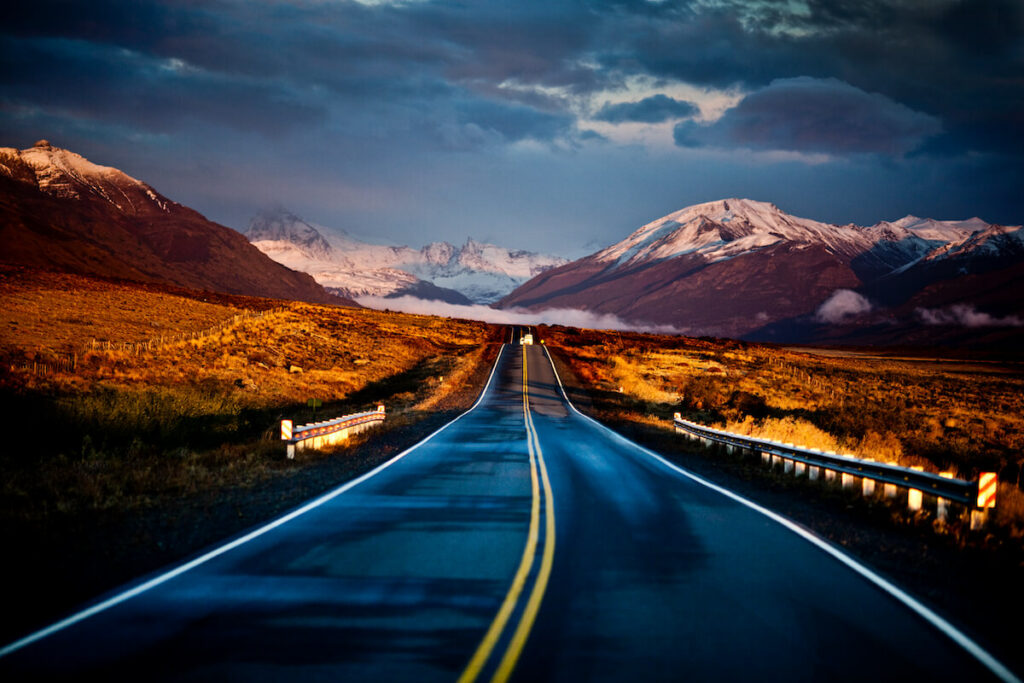
Best Places to Visit as a Photographer Traveling in Argentina
Perito Moreno Glacier
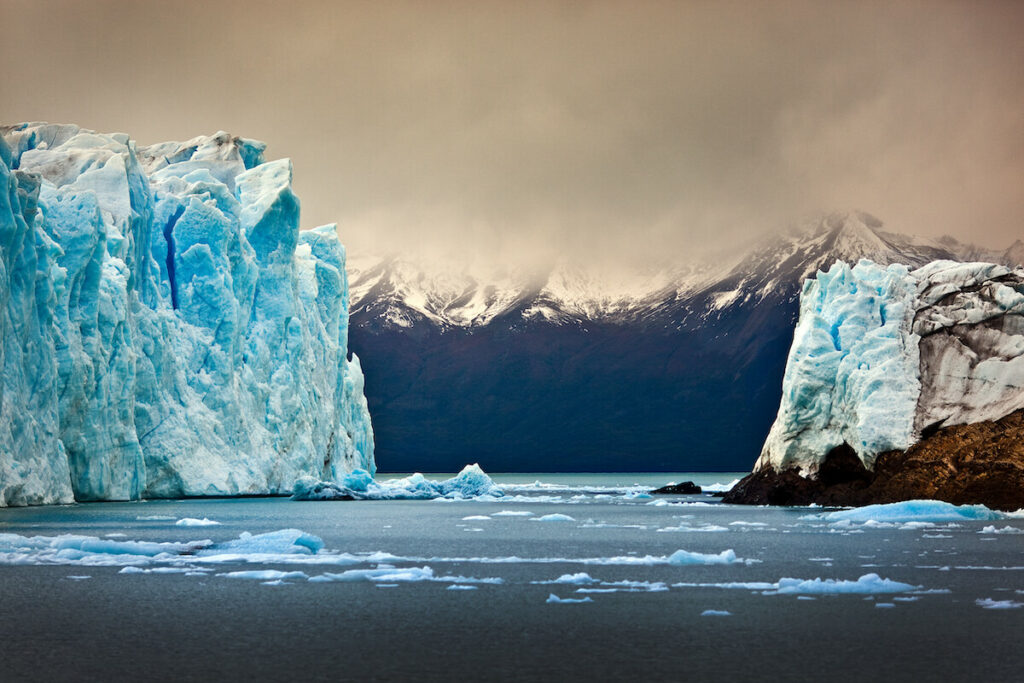
Perito Moreno Glacier is a massive glacier located in the Los Glaciares National Park in southwest Argentina. It is one of the most visited tourist attractions in the country and is considered one of the most spectacular glaciers in the world. The glacier is named after Francisco Moreno, a prominent explorer and conservationist who helped to establish the national park.
The glacier is located in the Patagonian Andes, and it is one of the few glaciers in the world that is still advancing. It is about 30 km (19 mi) long and 5 km (3 mi) wide and reaches a height of 74 meters (240 ft) above sea level. This is a major tourist attraction in Argentina and a unique place to visit.
Boat tours are available for those who want a close-up view of the glacier, and there are several hiking trails that lead to viewing platforms and observation decks. The most popular trail is the “minitrekking” which is a full day excursion and allows visitors to walk on the glacier for about 2 hours.
One of the most spectacular natural events at Perito Moreno Glacier is the “ruptura” (break off), which occurs when the glacier advances and pushes forward causing large chunks of ice to break off and fall into the lake. This event can happen at any time, but it usually occurs every four to five years making it a unique and thrilling experience for visitors.
Perito Moreno Glacier is also an important site for scientific research and conservation, as it is one of the few glaciers in the world that is still advancing. It’s on the list of UNESCO World Heritage sites.
Overall, Perito Moreno Glacier is a must-see destination for those traveling to Argentina, offering breathtaking natural beauty, unique geological features, and a variety of recreational activities.
Ushuaia
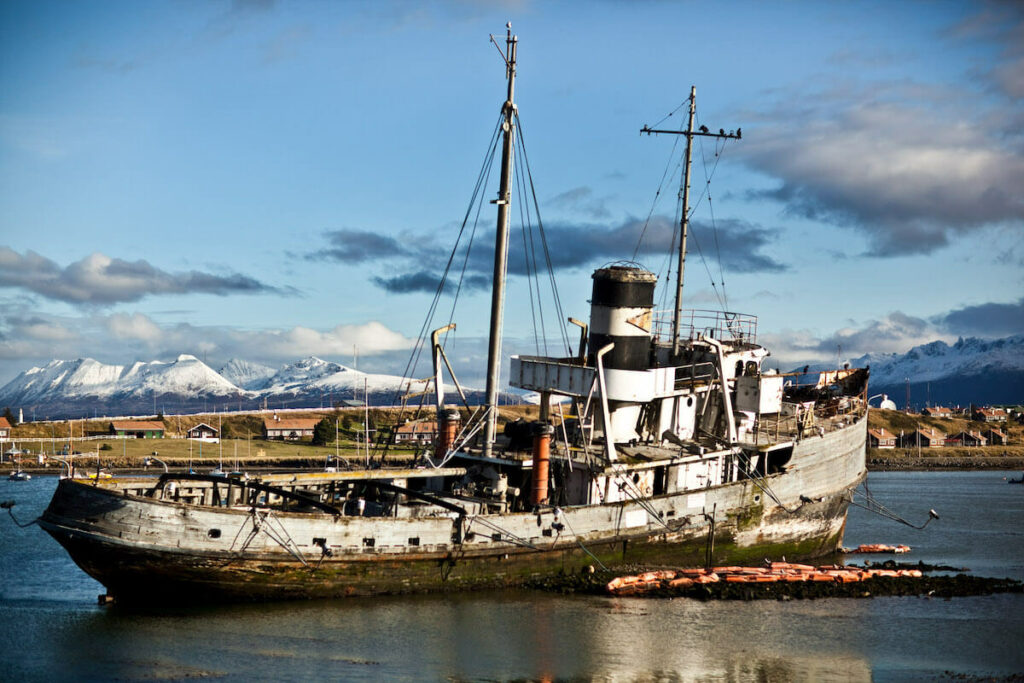
Ushuaia is a city located in the southernmost tip of Argentina, in the Tierra del Fuego province. It has been nicknamed “end of the world,” as it is the southernmost city in the world and the starting point for many Antarctic cruises.
Ushuaia is surrounded by stunning natural beauty, including the Andes mountains and the Beagle Channel, which is named after the ship that Charles Darwin traveled on during his famous voyage. The city is also home to Tierra del Fuego National Park, which offers a variety of outdoor activities including hiking, fishing, and wildlife watching.
Ushuaia has a rich history. It was first settled by indigenous people, years later it was used as a penal colony, then as a naval base, and now it is a touristic city. The city has a small population of approximately 65,000 people, but it is a popular destination for tourists due to its spectacular natural setting, outdoor activities, and proximity to Antarctica.
Ushuala has a strong maritime history, and visitors can visit the Maritime Museum or take a tour of the historic prison that once housed notorious criminals. Another popular attraction is the End of the World Train, which takes visitors on a scenic journey through the Tierra del Fuego.
Ushuaia is known for its excellent seafood, particularly king crab and sea urchin. Visitors will also find a variety of local crafts, such as woolen items, leather goods and traditional knives.
Overall, Ushuaia is a unique destination that offers a blend of history, natural beauty, and outdoor activities, making it a must-see destination for any traveler visiting Argentina.
Gauchos
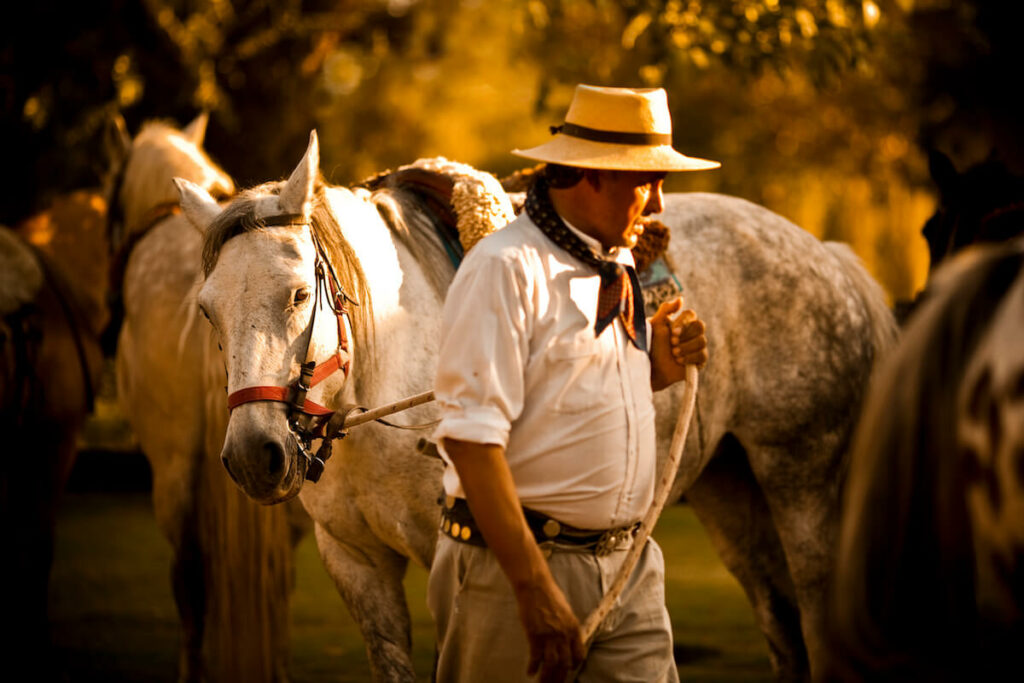
Gauchos are a traditional group of people from the South American pampas, the vast grasslands that cover parts of Argentina, Uruguay, and southern Brazil. They are known for their rugged, independent lifestyle and their strong cultural identity.
Historically, gauchos were skilled horseback riders and cattle herders, and they played a crucial role in the development of the South American pampas. They were known for their bravery, strength, and endurance, and they were respected for their ability to survive in the harsh conditions of the pampas.
Gauchos have a distinct cultural identity. They wear traditional clothing which includes a poncho, a wide-brimmed hat, and a pair of baggy trousers called “bombachas.” They also typically carry a knife called a facón, which is an essential tool for their daily activities.
Gauchos have a rich folklore. There are many songs and stories written about them which reflect their way of life and their connection to the land. They also have a traditional dance called the “gaucho dance,” performed to the music of the “gaucho song.”
Today, gauchos are still present in many rural areas of Argentina and other South American countries, and their traditional way of life has been preserved in many forms. Many gauchos still herd cattle, and there are still ranches that offer visitors the opportunity to experience the gaucho way of life, including horseback riding, cattle herding, and traditional meals.
Additionally, there are many traditional festivals that celebrate gaucho culture, such as the Fiestas de la Patria Gaucha in Argentina, which features traditional music, dancing, and horseback riding competitions.
Overall, gauchos are an important part of South American history and culture, and their way of life continues to be celebrated and appreciated today.
Mendoza
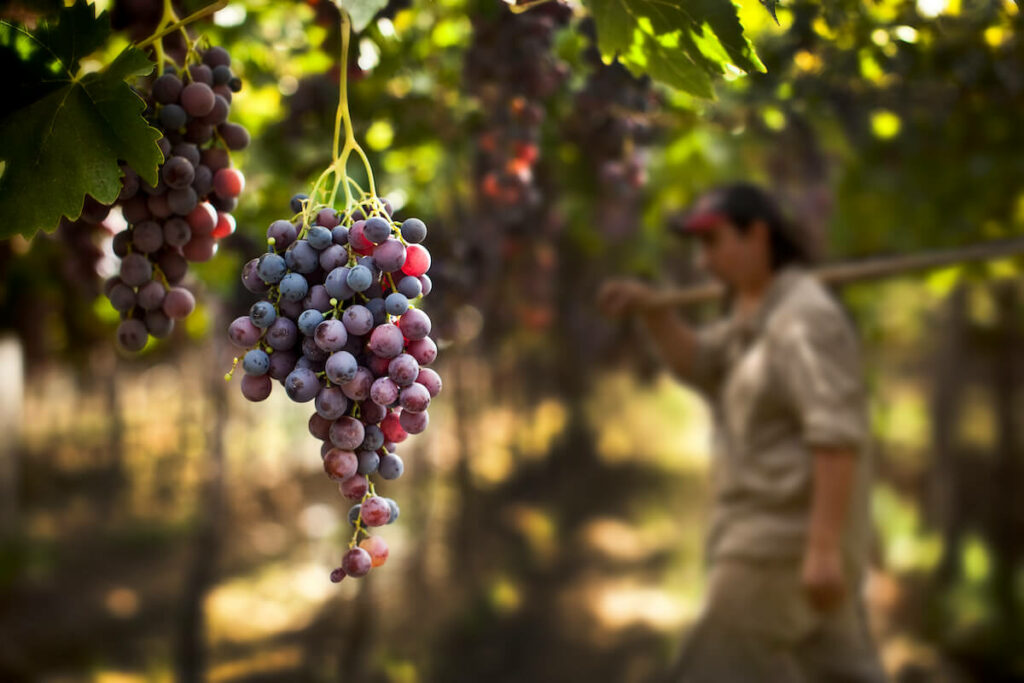
Mendoza is a city in western Argentina, known for its wine production and outdoor activities. It is located at the base of the Andes mountains and is considered the wine capital of Argentina. It is the largest wine-producing region in Argentina and is known for its high-quality Malbec wines. Many guests take wine tours to visit the vineyards in the area and sample varieties of wine. Some wineries also offer tours of their facilities, where you can learn more about the wine-making process.
In addition to wine tasting, Mendoza offers a variety of outdoor activities such as hiking, rock climbing, and white water rafting in the Andes mountains. The region also boasts many hot springs, where visitors can relax and soak in the therapeutic waters.
Parks and gardens are scattered throughout Mendoza. The Parque General San Martín is a large park with a lake, gardens, and playgrounds. The city also features the Mendoza Zoological Park, which is home to many species of animals from the region.
Mendoza has a rich cultural heritage with several museums and galleries showcasing the history and art of the region. The Museo Municipal de Arte Moderno de Mendoza is one of the most notable art museums in the city, featuring works by local and national artists.
Visitors can also take part in the local festivals such as the Vendimia Festival, which is a wine festival celebrated in February, which includes parades, live music and dance performances.
Finally, Mendoza offers a variety of dining options from casual street food to high-end restaurants, serving local dishes such as asado (barbecue), empanadas, and traditional Argentine dishes such as chimichurri and dulce de leche (caramelized milk).
Recoleta Cemetery
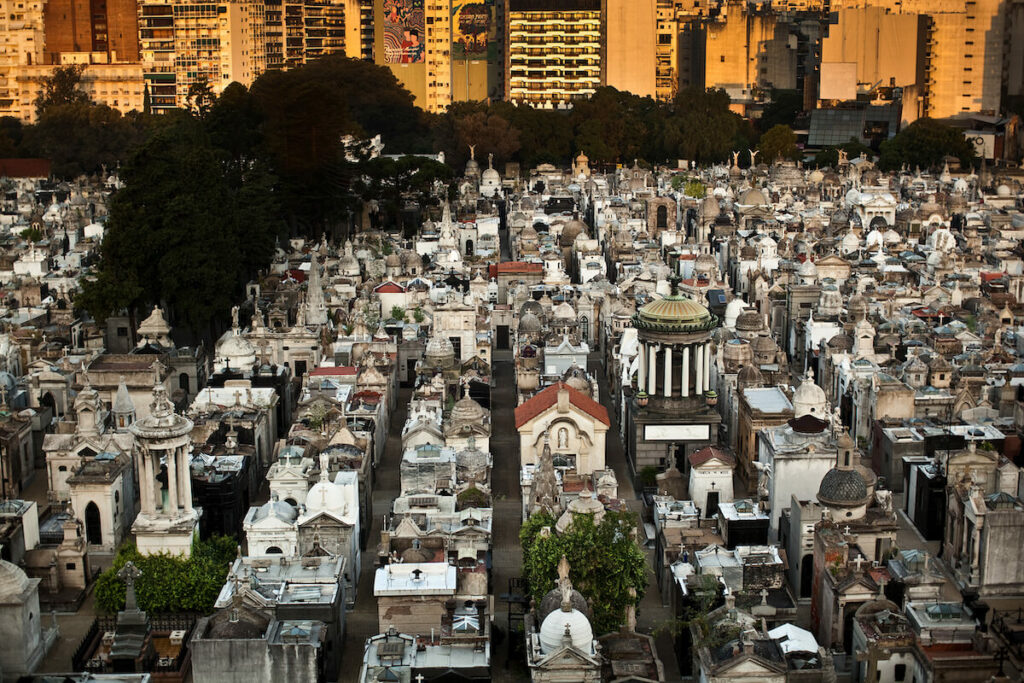
The Recoleta Cemetery is a historic cemetery located in the Recoleta neighborhood of Buenos Aires, Argentina. It is considered one of the most beautiful cemeteries in the world, and it is a popular tourist attraction in the city.
The cemetery was established in 1822 and it is home to over 6,400 tombs, many of which are adorned with intricate sculptures and mausoleums. The tombs are arranged in streets, with many of them dating back to the 19th century.
One of the most famous inhabitants of the cemetery is Eva Perón, also known as Evita, who was the first lady of Argentina from 1946 until her death in 1952. Her tomb, located in the Dique 2 section of the cemetery, is a popular spot for visitors to pay their respects.
The cemetery also features the tombs of many other notable figures from Argentine history including presidents, artists, writers, and scientists. Some of the tombs are in a state of decay, but many are well-maintained and offer a glimpse into the country’s past and the people who shaped it.
The Recoleta Cemetery is an interesting place to walk around, its tombs adorned often with intricate sculptures and mausoleums. The cemetery is also a peaceful oasis in the middle of a bustling city. Many visitors come to enjoy the tranquility and beauty of the place.
Visitors can take guided tours, which provide information about the history of the cemetery and the people buried there, or they can explore the cemetery on their own. The cemetery is open to visitors every day, and there is no admission fee.
25 Best Places to Photograph in Buenos Aires
- La Boca neighborhood: Known for its colorful houses, tango dancing, and vibrant street art.
- Recoleta Cemetery: A stunning cemetery filled with elaborate mausoleums and statues.
- Plaza de Mayo: The main square in Buenos Aires, home to the Casa Rosada and other important buildings.
- San Telmo Market: A historic neighborhood filled with antique shops, cafes, and street performers.
- Palermo Soho: A trendy neighborhood filled with boutique shops, restaurants, and street art.
- Caminito Street: A colorful street in the La Boca neighborhood, famous for its tango dancing and street performers.
- El Ateneo Grand Splendid bookstore: A beautiful bookstore located in a former theater.
- Buenos Aires Botanical Garden: A peaceful park filled with exotic plants and flowers.
- Obelisk of Buenos Aires: An iconic monument located in the center of Buenos Aires.
- Puerto Madero: A renovated dock area with modern buildings, restaurants, and a riverfront promenade.
- Colon Theatre: One of the world’s best opera houses, with stunning architecture and intricate details.
- Floralis Generica sculpture: A giant metal flower sculpture that opens and closes with the sun.
- Plaza Dorrego: A historic square in San Telmo, home to a weekly antiques market.
- Casa Rosada: The presidential palace, with a distinctive pink facade and important political history.
- National Museum of Fine Arts: A museum with a large collection of Argentine and international art.
- Retiro train station: A historic train station with a stunning facade and architecture.
- Galerias Pacifico shopping center: A beautifully restored shopping center with impressive frescoes and architecture.
- Palermo Hollywood: A trendy neighborhood with hip restaurants, bars, and street art.
- Barrio Norte architecture: A residential neighborhood with stunning architecture from the early 20th century.
- Abasto Market: A historic market with colorful murals and traditional Argentine food.
- Villa Crespo street art: A neighborhood filled with vibrant street art and murals.
- Teatro Ciego (blind theater): A unique theater experience where the audience experiences plays in complete darkness.
- Costanera Sur Ecological Reserve: A nature reserve with trails, wetlands, and birdwatching opportunities.
- Chinatown in Belgrano: A small neighborhood with Chinese restaurants, markets, and shops.
- Palacio de Aguas Corrientes waterworks building: A stunning waterworks building with impressive architecture and intricate details.
Each of these places offers a unique photo opportunity in Buenos Aires, from colorful street art to stunning architecture and iconic landmarks. Buenos Aires is a city that blends European and Latin American influences, creating a distinctive and vibrant atmosphere that is perfect for photography.
Whether you’re interested in street photography, architecture, or cultural experiences, Buenos Aires has something to offer every photographer interested in capturing the essence of Argentina.
5 Most Beautiful Cities to Photograph in Argentina
Argentina is home to many beautiful cities, each with its own unique charm and attractions. Here are five of the most beautiful cities in Argentina.
- Buenos Aires: The vibrant capital city of Argentina is a mix of European architecture, colorful neighborhoods, world-class museums, and some of the best food and wine in the country.
- Bariloche: Located in the heart of the Andes, Bariloche is a picturesque city known for its stunning lake views, chocolate shops, and ski resorts.
- Mendoza: Famous for its wine production, Mendoza is a charming city surrounded by vineyards and mountains, with plenty of outdoor activities and a lively nightlife scene.
- Córdoba: The second-largest city in Argentina, Córdoba is a historic city with a rich cultural heritage, beautiful colonial architecture, and numerous museums and galleries.
- Salta: Located in northwest Argentina, Salta is a colonial-era city with beautiful architecture, a rich history, and stunning natural landscapes, including the nearby Salinas Grandes salt flats and the Andes mountains.
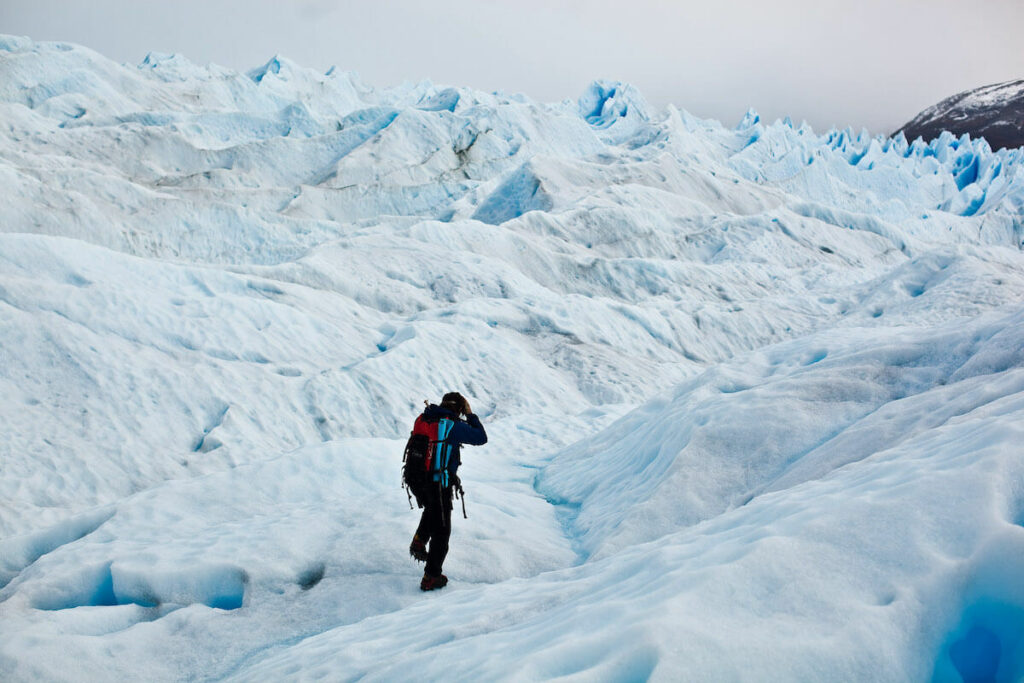
Conclusion
Thank you for taking the time to explore my collection of Argentina travel photos. I hope you enjoyed seeing the beauty and diversity of this amazing country through my lens and had a good time following me on my Argentina photography adventure. If you’d like to see more of my travel photography, be sure to follow me on Instagram @sheawinterphoto.
I’ll be sharing more of my adventures and experiences around the world, and I’d love to have you join me on the journey. Truly appreciate the support!
- My Argentina Photography Adventure - March 8, 2023
- Average Cost of Wedding Photographer in Philadelphia - January 23, 2023
- 37 Questions To Ask a Wedding Photographer - January 19, 2023